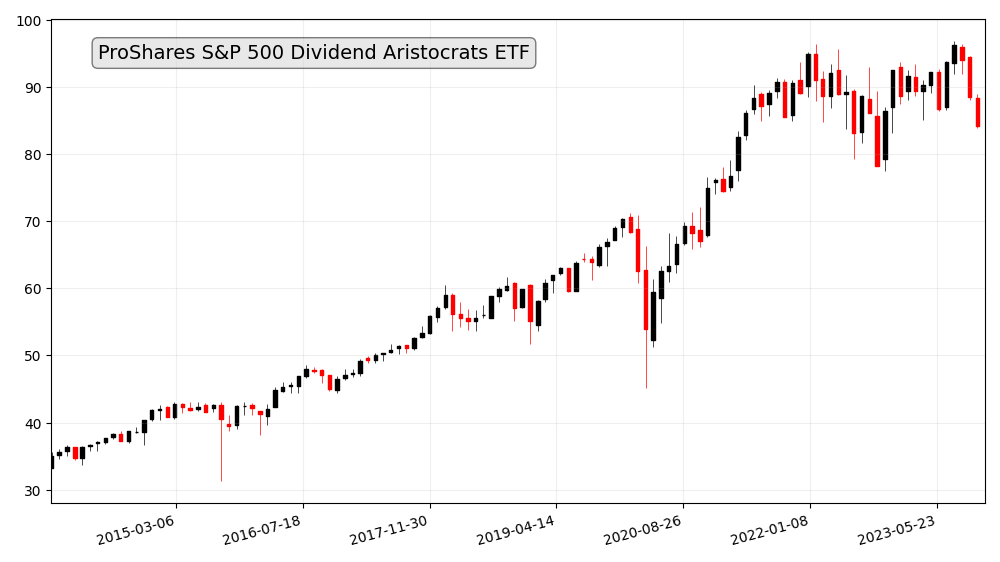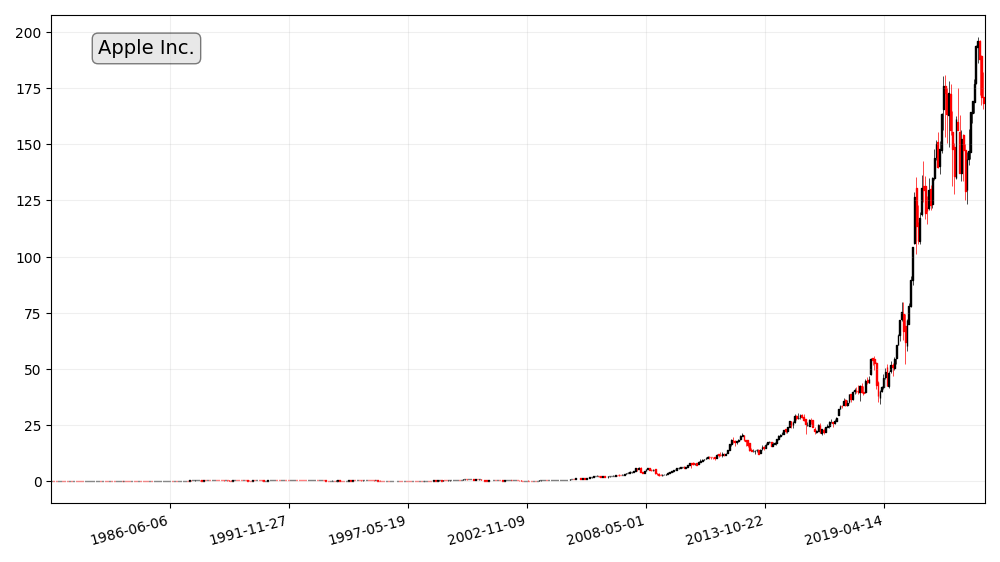In the realm of real estate, managing properties efficiently is of paramount importance. However, when it comes to long-distance real estate investments, the challenges intensify. This article will guide you through the art of efficient repairs and maintenance for long-distance real estate, ensuring your investments remain profitable and hassle-free.
Efficient Repairs and Maintenance in Long Distance Real Estate
Understanding Long Distance Real Estate
Before delving into the nuances of efficient repairs and maintenance, it’s crucial to comprehend what long-distance real estate entails. This type of investment involves owning properties that are far from your primary place of residence, making it challenging to oversee maintenance and repairs firsthand.

The Significance of Efficient Maintenance
Why are Efficient Repairs and Maintenance Important?
Efficient repairs and maintenance are important in long distance real estate for a number of reasons. First, they can help you avoid costly repairs down the road. When minor repairs are not addressed promptly, they can turn into bigger, more expensive problems later on.
Second, efficient repairs and maintenance can help you keep your tenants happy. Tenants want to live in a well-maintained property, and if you’re slow to respond to repair requests, they may become frustrated and move out.
Finally, efficient repairs and maintenance can help protect your investment. When you take care of your property, it will retain its value over time.
Preventative Maintenance
Efficiency in long-distance real estate begins with preventative maintenance. Regular inspections, servicing, and repairs can help identify issues before they escalate, saving you both time and money.
Here are a few preventive maintenance measures you can implement:
- Schedule regular inspections: Have your property inspected by a qualified professional at least once a year. This will help identify any potential problems early on.
- Clean and maintain your HVAC system: Have your HVAC system cleaned and maintained annually by a qualified professional. This will help keep your system running efficiently and prevent costly breakdowns.
- Address minor repairs promptly: Don’t put off minor repairs. When you notice a minor problem, address it right away to prevent it from turning into a bigger problem later on.
- Update your property regularly: As your property ages, it will need to be updated. This may include things like replacing the roof, repainting the exterior, or updating the appliances. By updating your property regularly, you can help to extend its lifespan and prevent costly repairs.
Keep up With Regular Maintenance Checks
Even if you’re not having any problems with your rental property, it’s important to have regular maintenance checks performed. This will help you identify and address any potential problems early on.
Repairs Made Simple
Local Contractors
One of the most important things you can do to efficiently manage repairs and maintenance in long distance real estate is to build a network of trusted local vendors. This will give you a team of reliable professionals to call on when repairs are needed, and it can save you a lot of time and hassle.
When repairs are necessary, having reliable local contractors at your disposal is essential. They can quickly address issues, ensuring minimal disruption to your tenants and safeguarding the property’s value.
When building your network of vendors, it’s important to consider the following factors:
- Experience: Make sure to choose vendors who have experience working on rental properties.
- Reputation: Get references from other landlords who have used the vendors’ services.
- Pricing: Compare the prices charged by different vendors.
- Availability: Make sure the vendors you choose are available to respond to repairs promptly.
Once you’ve built a network of trusted vendors, be sure to keep their contact information in a handy place so you can easily reach them when needed. You may also want to create a spreadsheet or database to track their services, pricing, and availability.
Utilizing Technology
In the digital age, technology can be your ally. Installing smart home devices allows you to monitor and control various aspects of your property remotely. From thermostats to security systems, technology offers peace of mind and convenience.
Keep Records
Keep detailed records of all repairs and maintenance that is performed on your property. This will help you to track your expenses and make informed decisions about future maintenance needs.
Be Prepared for Unexpected Expenses
Even with the best preventive maintenance plan in place, unexpected expenses can still arise. Be sure to have a budget in place to cover these expenses.
Communication is Key
Tenant Communication
Maintaining open lines of communication with your tenants is crucial. Encourage them to report any issues promptly. A satisfied tenant is more likely to care for the property, reducing the need for extensive repairs.
Regular Updates
Provide your tenants with regular updates on property maintenance schedules. Transparency can foster goodwill and cooperation.
Be Responsive to Tenant Requests
When a tenant submits a repair request, it’s important to respond promptly. Even if you can’t immediately schedule a repair, you should acknowledge the tenant’s request and let them know when you expect to have it addressed.
Cost-Effective Strategies
Budgeting
Effective financial planning is essential. Set aside a portion of your rental income for maintenance and repairs. This budgeting approach ensures you’re prepared for unforeseen expenses.
Using a Property Management Company
Hiring a professional property management company can be a game-changer. They offer a wide range of services, including tenant screening, rent collection, and maintenance coordination. Their expertise ensures your properties remain in top condition.
A good property management company will handle all aspects of property management, including repairs and maintenance. This can be a great option for landlords who don’t have the time or expertise to manage repairs and maintenance themselves.
When choosing a property management company, be sure to consider the following factors:
- Experience: Make sure to choose a company with experience managing long distance rental properties.
- Services offered: Find a company that offers the services you need, such as rent collection, property maintenance, and tenant screening.
- Fees: Compare the fees charged by different companies.
- References: Get references from other landlords who have used the company’s services.
Once you’ve hired a property management company, be sure to communicate your expectations clearly. Let them know what types of repairs you want them to handle and how you want them to be handled. You should also establish a system for communicating with them about repairs and maintenance.
Communication is Also Key With Your Property Management Company
Here are a few tips for communicating effectively with your property manager:
- Be clear about your expectations: When you hire a property manager, be sure to communicate your expectations clearly. Let them know what types of repairs you want them to handle and how you want them to be handled.
- Establish a system for communication: Establish a system for communicating with your property manager about repairs and maintenance. This may involve setting up regular meetings, emailing each other, or using a property management software program.
- Be transparent: Be transparent with your property manager about the condition of your property and any repairs that need to be done. This will help them to manage your property effectively and avoid any surprises down the road.
Conclusion
Efficient repairs and maintenance in long-distance real estate require a combination of preventative measures, smart technology utilization, and open communication. By staying proactive and budget-conscious, you can ensure your investments are profitable and your properties well-maintained.
Frequently Asked Questions
1. How can I find reliable local contractors for my long-distance real estate?
Finding reputable contractors involves thorough research, reading reviews, and seeking recommendations from local property owners.
2. What smart home devices are recommended for remote property management?
Smart thermostats, security cameras, and leak detection systems are great choices to start with for remote property management.
3. Is it cost-effective to hire a professional property management company?
While property management companies charge fees, their services often pay for themselves by reducing vacancies and ensuring efficient maintenance.
4. How can I encourage tenants to report maintenance issues promptly?
Offer incentives for timely reporting, such as prompt resolution of the problem and ensuring minimal disruption to their daily lives.
5. What should be included in my budget for long-distance real estate maintenance?
Your budget should cover regular inspections, minor repairs, major renovations, and setting aside funds for unforeseen emergencies.





